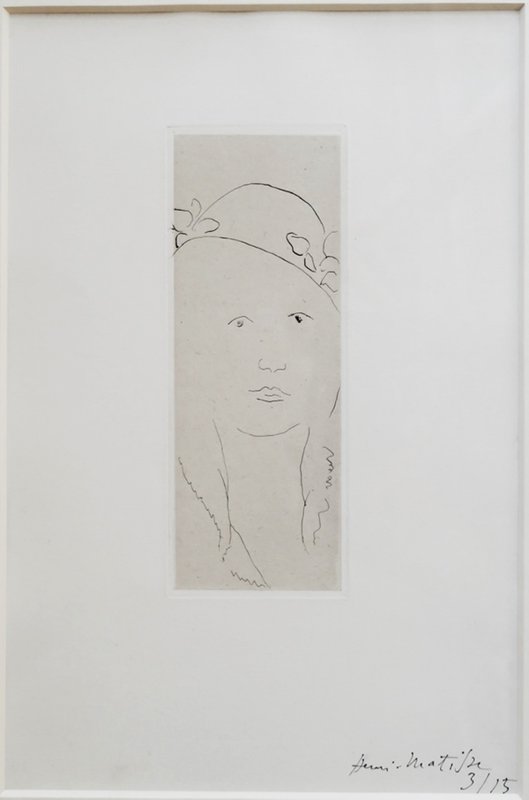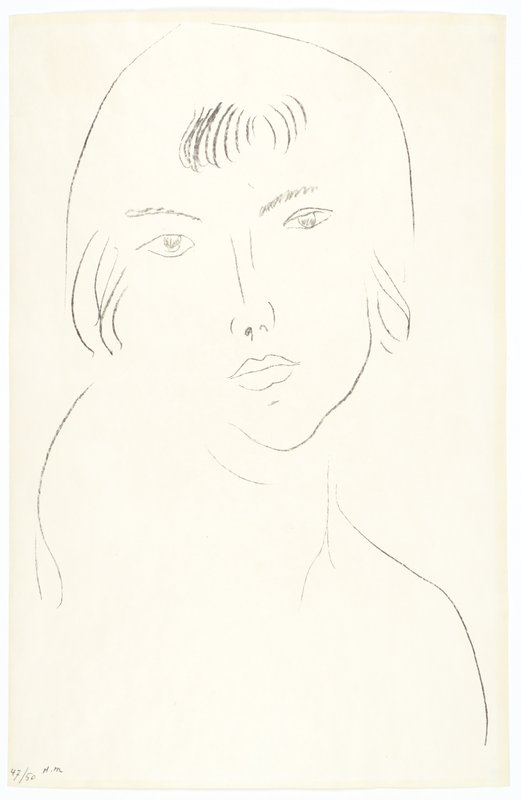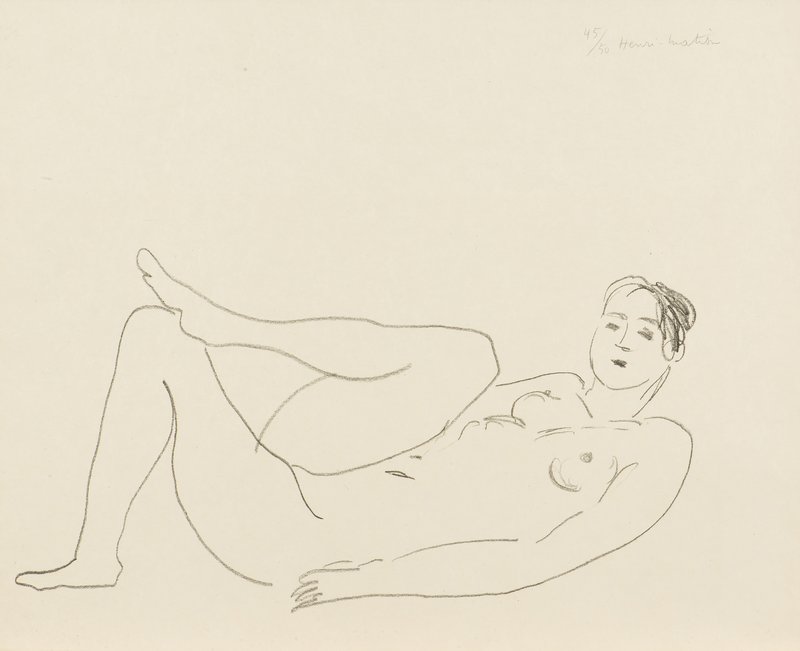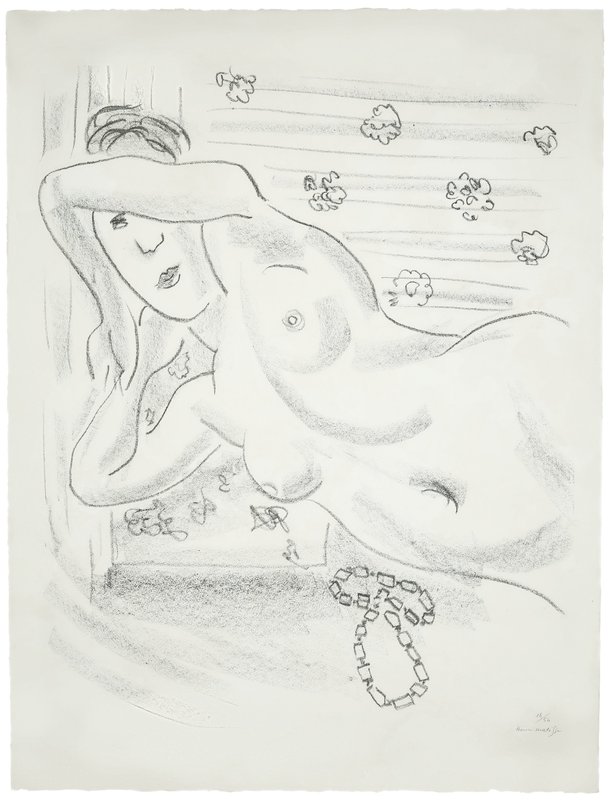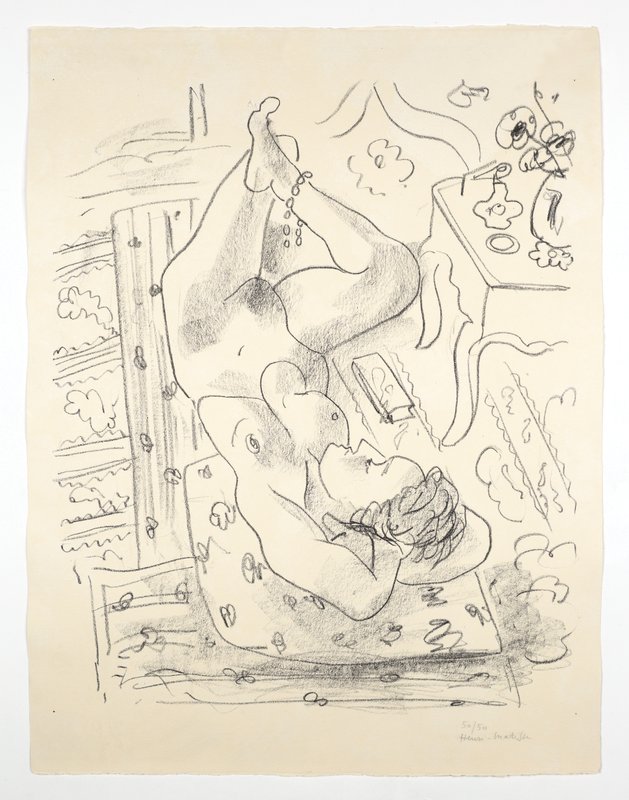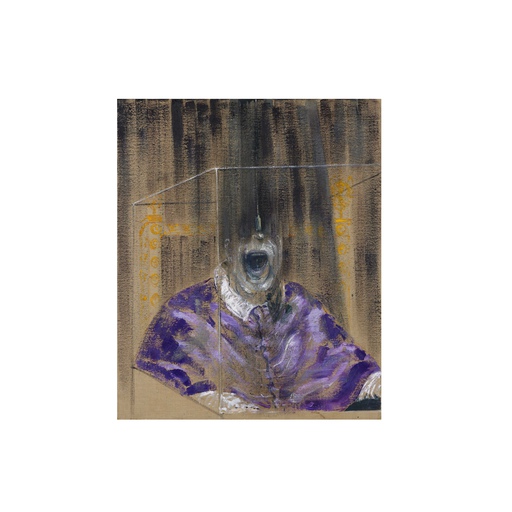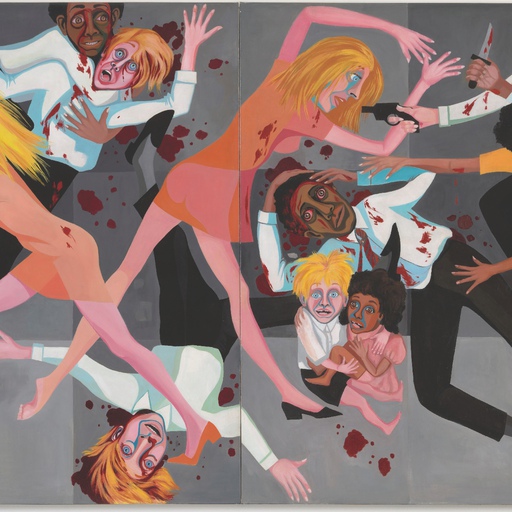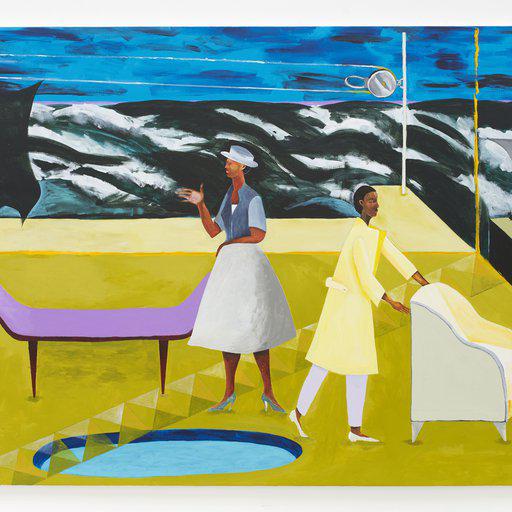On first look, Henri Matisse’s painting, L’Atelier Rouge (The Red Studio) is a straightforward, almost documentary affair. The work functions as a retrospective of his then recent work, depicting his own studio with his recently created paintings, sculpture and ceramics on display in the artist’s absence. The work, which will be on display at MoMA from May 1 to September 10 this year , is now regarded as a key work in the development of modern art and a landmark in the tradition of studio painting. It was among a series of works originally commissioned by Matisse’s early patron Sergei Shchukin, the Russian textile businessman for whom Matisse had made his ‘Dance’ and ‘Music’ paintings.
However, a close study of L’Atelier Rouge reveals a far stranger painting than was first assumed (on its first exhibition and for many years afterwards, it was largely met with an indifferent response – Shchukin himself opted not to buy the painting and it remained with Matisse until 1927 when it was sold to David Tennant, the founder of London’s Gargoyle Club). The most impactful detail is the vivid red surface – an aggressive wall of colour, which flattens the image while grabbing the viewer’s attention. ‘Where I got the color red—to be sure, I just don't know,’ Matisse once remarked. ‘I find that all these things . . . only become what they are to me when I see them together with the color red.’ As a major figure in the Fauvist movement, Matisse embodied a style that emphasised bold, strong color over the softer, representational work of the Impressionists who had preceded them. The impact of this deep, remarkably even color is magnified by the size and scale of the work – at 71 x 86 inches this is a painting which towers over most people when in the gallery.
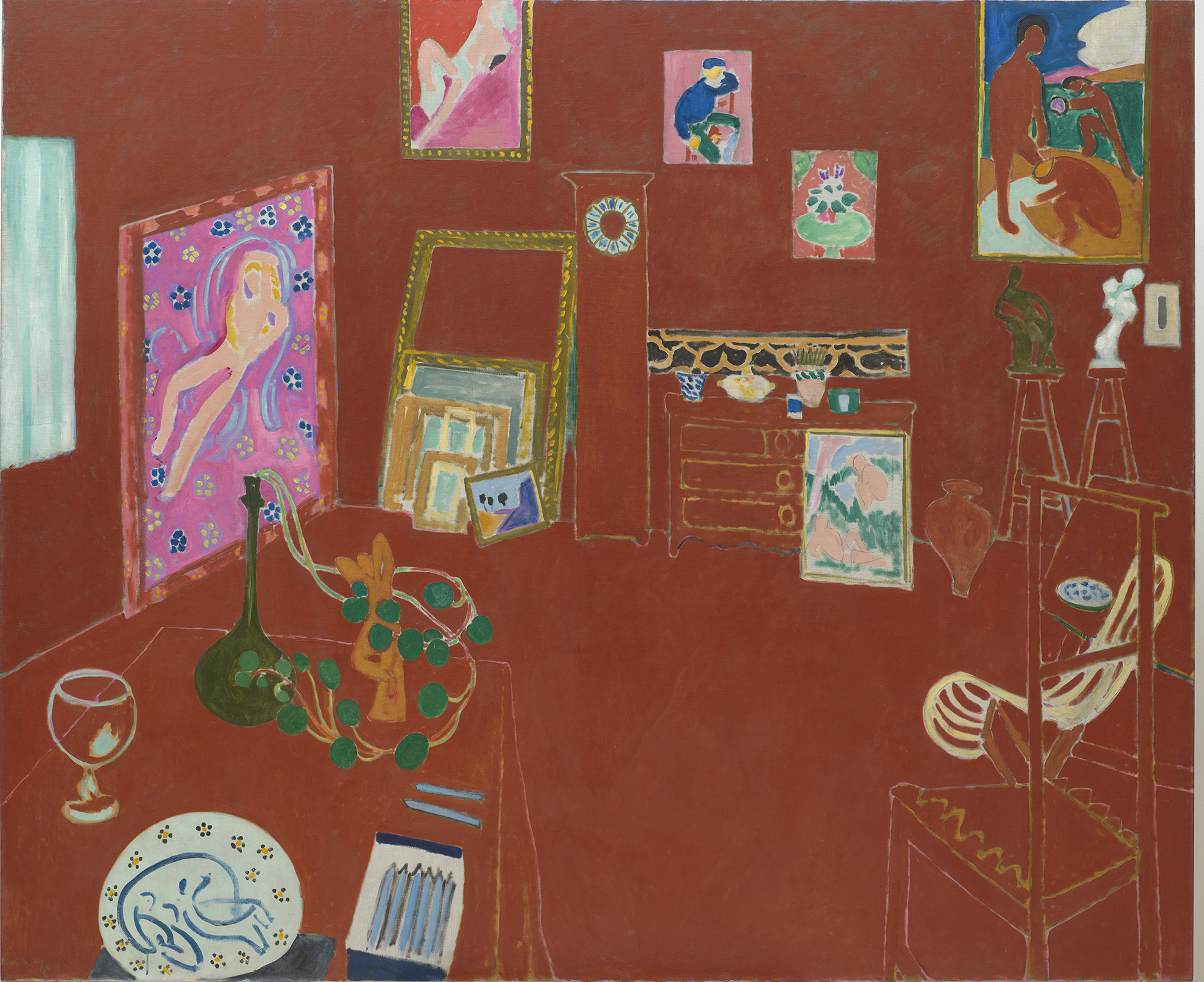 Henri Matisse. The Red Studio. 1911. Oil on canvas, 71 1/4″ x 7′ 2 1/4″ (181 x 219.1 cm). Mrs. Simon Guggenheim Fund, The Museum of Modern Art, New York. © 2021 Succession H. Matisse / Artists Rights Society (ARS), New York
Henri Matisse. The Red Studio. 1911. Oil on canvas, 71 1/4″ x 7′ 2 1/4″ (181 x 219.1 cm). Mrs. Simon Guggenheim Fund, The Museum of Modern Art, New York. © 2021 Succession H. Matisse / Artists Rights Society (ARS), New York
Closer inspection of L’Atelier Rouge reveals that the details of the room itself are not in fact outlined in white, but instead are negative spaces in the red paint. As the viewer’s eye moves around the ‘room’, the logic of the painting begins to dissolve: the angles are wrong on the dining table which appears to rear up; the straight-backed chair which geometrically contradicts itself; and the sculpture stands and chest of drawers which seem to exist only in two dimensions without shape or depth. The upright line that should mark the far left corner of the studio is absent completely.
While the lines of the room don’t converge in the way that perspective dictates that they should, they still point towards the focal point of the painting: a rectangular clock which stands upright at the centre of the image. However, for all its visual importance, the clock is useless – no hands adorn its face, and time has no meaning within the artist’s room. Even the window to the left hand side of the frame is merely a rectangle of a washed-out grey-blue with no life or incident visible in the world outside. Everything is focused within the confines of the studio.
With the clock rendered useless and the walls and floor stripped of detail or variation, the room is bought to life solely by Matisse’s artwork. For the forthcoming exhibition at MoMA , the work that was minituarised and depicted by the artist within L’Atelier Rouge will be gathered together for display.
‘This is one of the great artists playing with the concept of art within art, presenting his own work within his own paintings,’ MoMA’s chief curator of painting and sculpture, Ann Temkin, told the New York Times. ‘He painted a show of his work and we’re realising it.’
These works include Le Luxe II (1907-08), Nude With a White Scarf (1909) and Nymph and Faun (1911), which will all be on display alongside the main work.
The reputation of L’Atelier Rouge finally started to grow after the painting was acquired by MoMA in 1949. In her 2009 biography of Matisse, Matisse: The Life, Hilary Spurling described the importance of this painting not as a single piece but as a turning point in both the artist’s work and what he expected audiences to interact with. ‘Visitors to Issy [Matisse's Studio] grasped immediately that no one had seen or imagined anything like this before,’ she wrote. ‘[The Red Studio painting] looked like a detached wall segment with rudimentary objects floating or suspended on it. From now on (1911) he painted realities that existed only in his mind.'
Henri Matisse The Red Studio goes on show at MoMA from May 1. Timed tickets available here.












